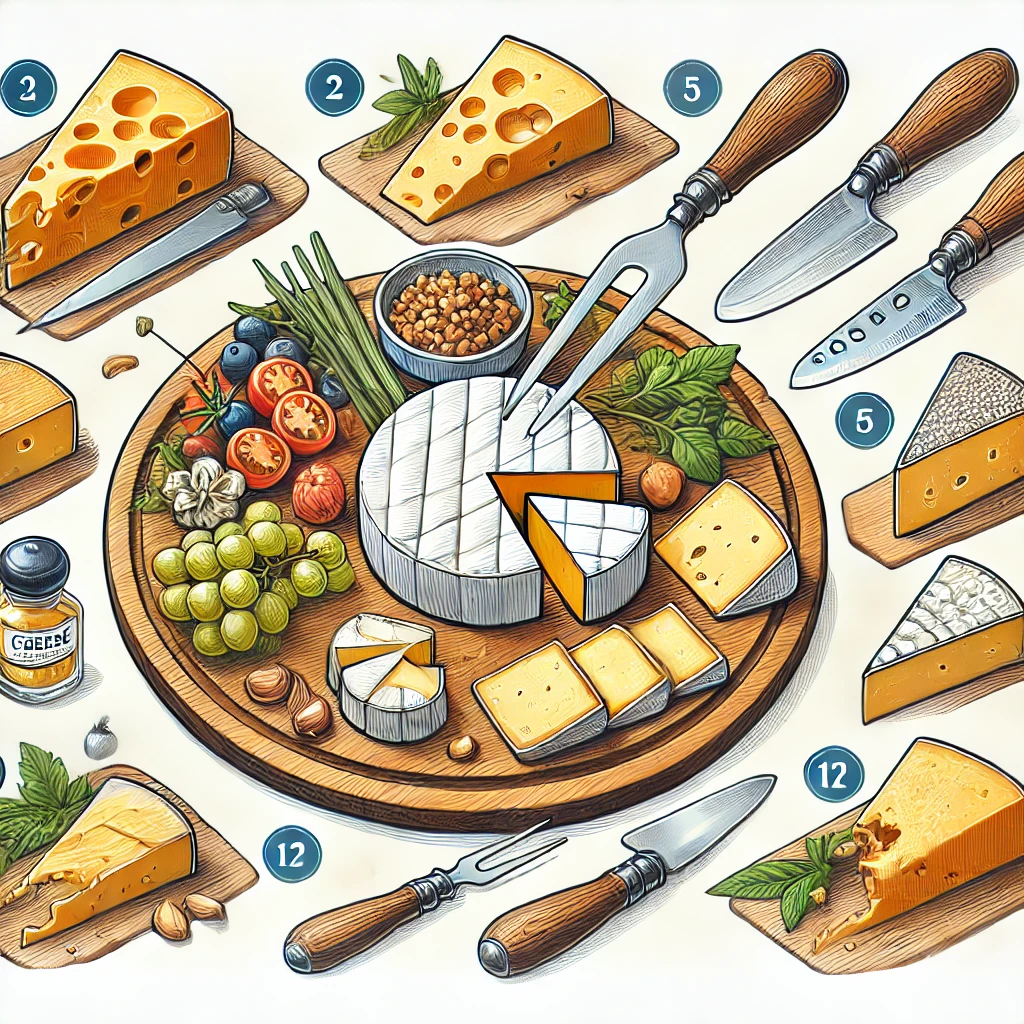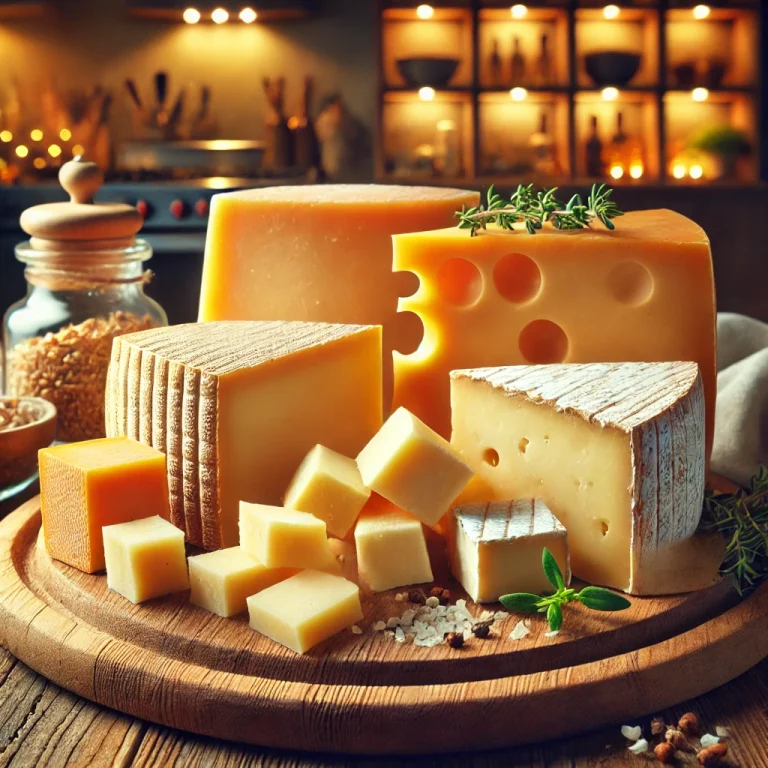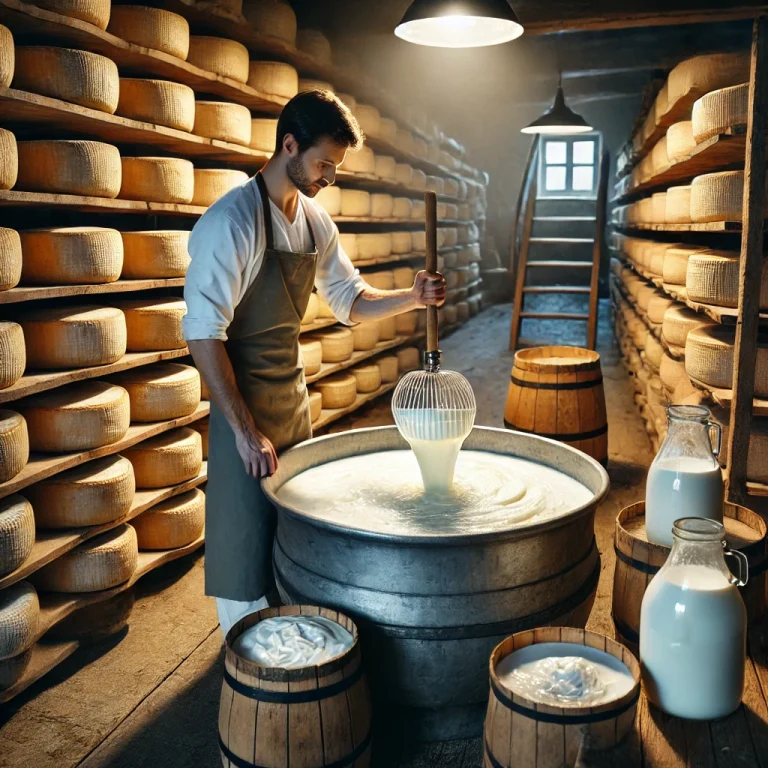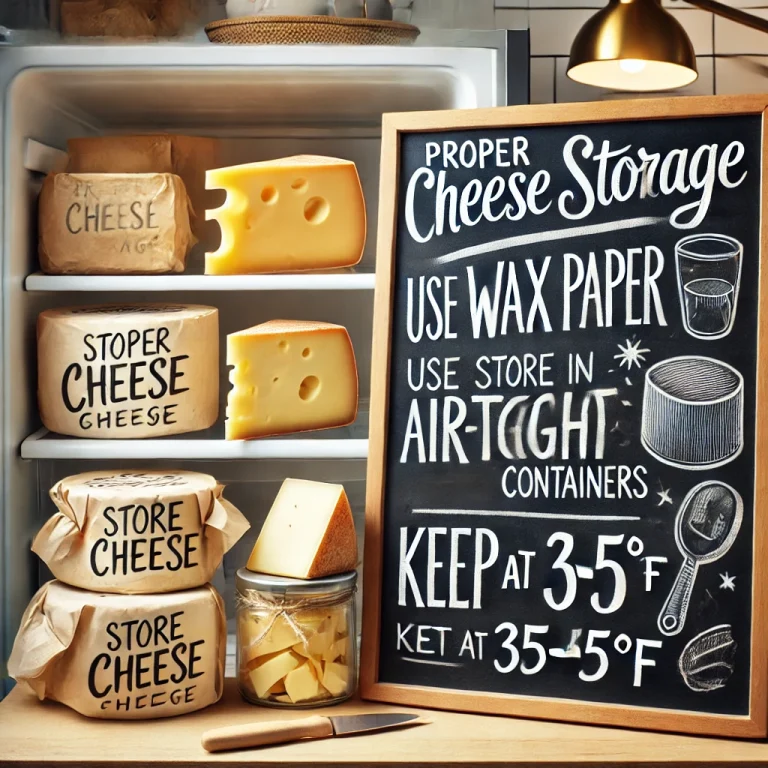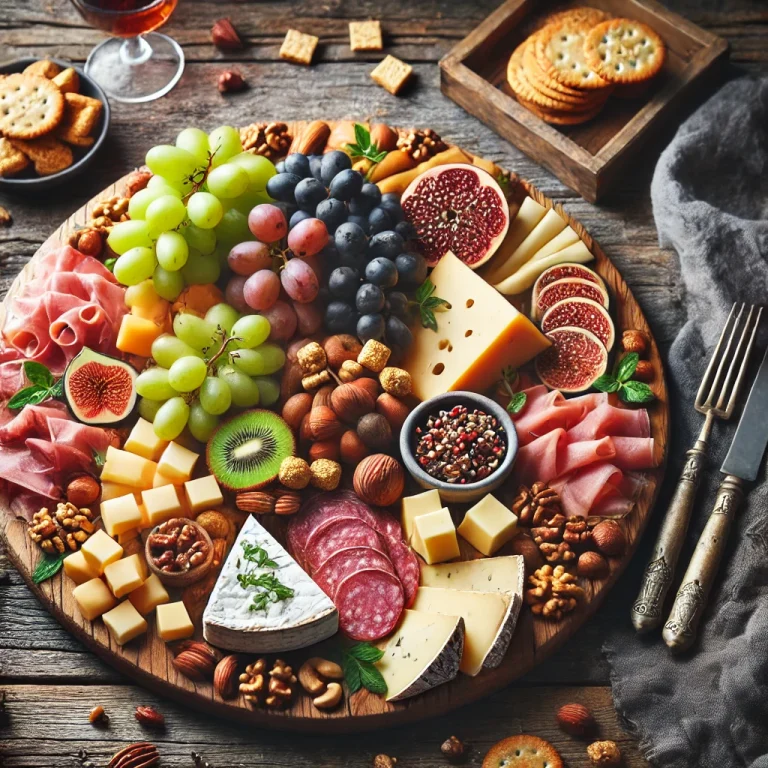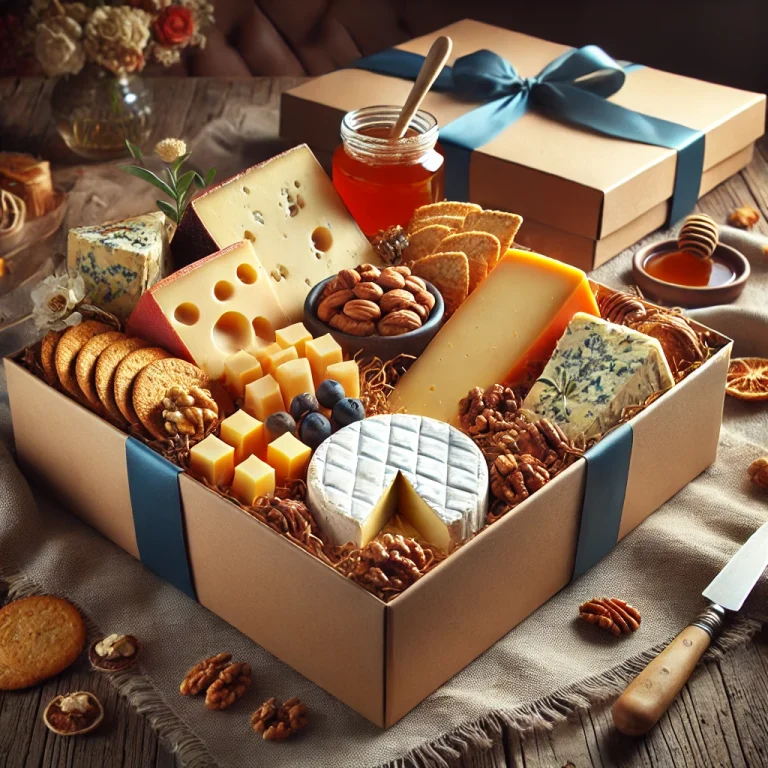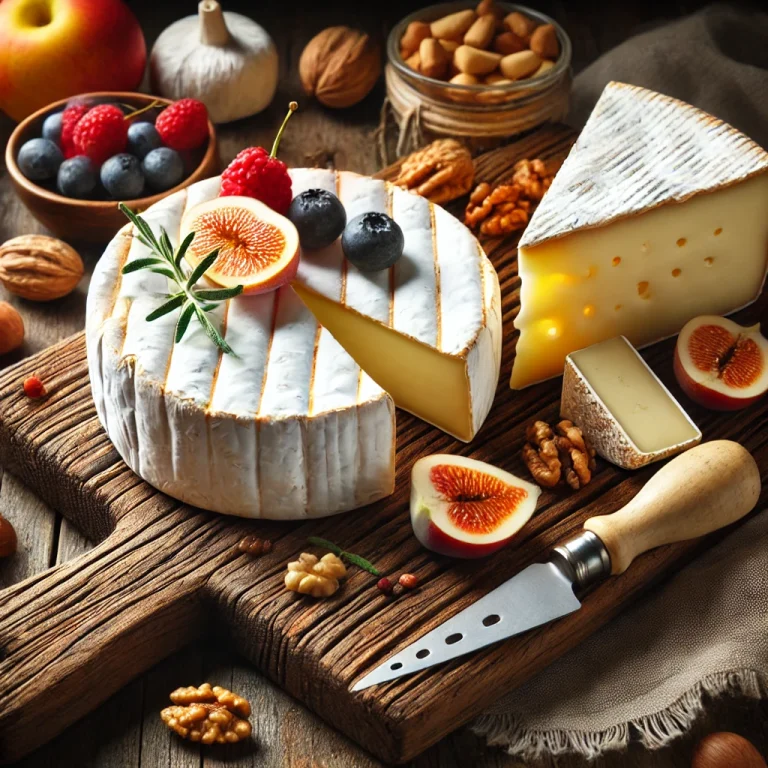How to Cut and Serve Cheese Like a Pro
The Art of Cutting and Serving Cheese
Serving cheese properly enhances both its flavor and presentation. Whether you’re preparing a cheese board for a gathering or enjoying a personal indulgence, following the right techniques ensures a refined experience.
Choosing the Right Cheese Knives
Each cheese type requires a specific knife to maintain its texture and shape:
- Soft Cheese (Brie, Camembert): Use a cheese wire or a perforated knife to prevent sticking.
- Semi-Hard Cheese (Cheddar, Gouda): A sharp chef’s knife or a skeleton knife works best.
- Hard Cheese (Parmesan, Aged Gouda): A parmesan knife or a sturdy cleaver helps with breaking pieces.
- Blue Cheese (Gorgonzola, Roquefort): A narrow-bladed knife prevents excessive crumbling.
For a complete cheese selection, visit our Cheese Categories.
Best Chopping Boards for Cheese
Choosing the right chopping board is essential for maintaining the integrity of your cheese and ensuring easy cutting:
- Wooden Boards: Ideal for all cheese types as they provide a smooth surface and absorb excess moisture.
- Marble Boards: Great for serving as they keep cheese cool, but may cause softer cheeses to slide.
- Bamboo Boards: Eco-friendly and durable, making them a great option for frequent use.
- Slate Boards: Perfect for presentation, as they allow for easy labeling with chalk.
- Plastic Boards: Easy to clean but less ideal for presentation or long-term use.
Cutting Techniques for Different Cheese Types
- Soft Cheeses: Slice in a radial pattern (like a cake) to ensure each piece has some rind.
- Hard Cheeses: Cut into thin, bite-sized portions or break into rustic chunks.
- Blue Cheeses: Slice gently with a clean knife to avoid crushing the mold veins.
- Aged Cheeses: Break into natural chunks for a more artisanal look.
Presentation Tips for a Stunning Cheese Platter
- Room Temperature: Allow cheese to sit for 30-60 minutes before serving.
- Diverse Arrangement: Include a mix of soft, semi-hard, and aged cheeses.
- Accompaniments: Pair with fruits, nuts, crackers, and honey to complement flavors.
- Labeling: Use small signs to name each cheese and its origin.
For pairing ideas, check out our Cheese & Wine Pairing Guide.
Storing Leftover Cheese Properly
Proper storage preserves cheese freshness and flavor:
- Wrap in wax paper instead of plastic to let it breathe.
- Store in an airtight container to maintain moisture.
- Keep at the right temperature (35-45°F in the refrigerator).
More details on storage can be found in our How to Store Cheese Properly guide.
Master the Art of Serving Cheese
By following these techniques, you’ll enhance your cheese experience and impress your guests. Ready to create the perfect cheese board? Explore our collection today.
